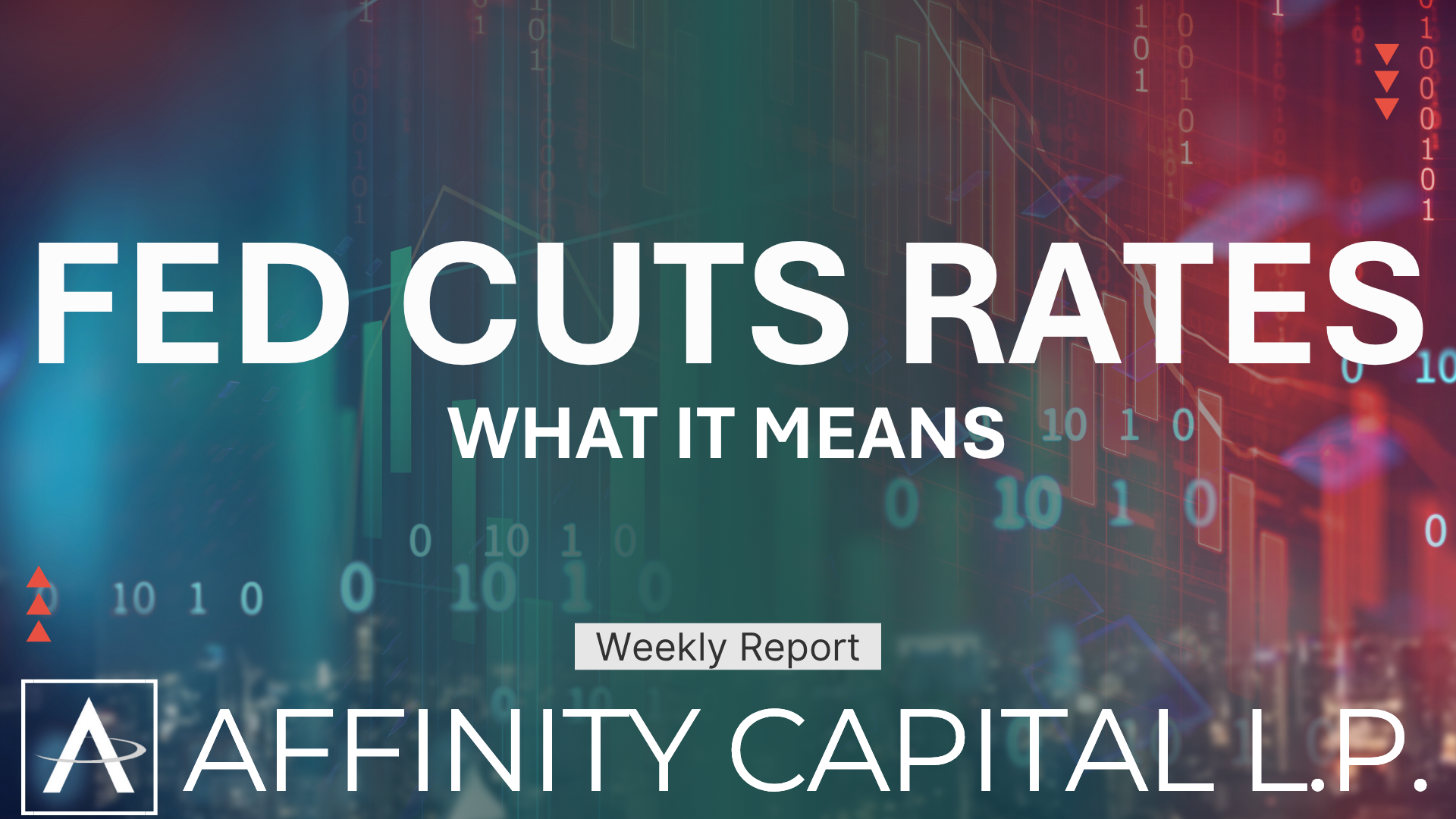Market Bulletin - June 15, 2022

Today will be an important day for our markets following the sell-off on Monday. The Federal Reserve Open Market Committee Meets concludes their two-day meeting and will announce a decision on raising the Federal Funds Interest Rate. Prior to Monday, the expectation was 0.50%. however, talk within financial circles indicates a 0.75% rate hike. The announcement is due at 1:00PM CST.
What is the Federal Funds Rate and Why is it Important?
The Federal Reserve or “Fed” through the FOMC, Federal Open Markets Committee set the Federal Funds Rate. This is the interest rate that banks charge each other to borrow or lend excess money reserves overnight. Banks are required to maintain a certain ratio of funds relative to their daily deposits. If a bank is under this level on any day, they borrow money from each other to meet the required levels.
While it may not seem like an overnight interest rate between banks would affect each of us, this rate is an important benchmark for most interest rates in the economy.
Today’s decision about interest rates is more about market psychology than real impact on the current economic conditions. Trying to affect short-term economic conditions with the Federal Funds Rate is like an aircraft carrier executing a U-turn in a river.
The purpose of raising rates is to slow down rising inflation which is traditionally a result of a rapid economic growth cycle. Our view is that current inflation is less the result of a traditional business cycle and more the result of the pandemic economic situation whereby the Fed flooded the money supply with trillions of dollars in government support. Supply chain disruptions and increasing gas prices have also played a key role. Therefore, the toolbox of traditional monetary policy adjustments may lack the necessary tools for the current economic fix.
Thoughts for Today
We sold a number of positions yesterday to raise additional cash:
- If the markets are disappointed with the announcement, we maintain a more defensive posture.
- If the markets respond well to the announcement, we are easily able to reposition assets.
- The downside risk may be greater than the upside reward.
As mentioned in our bulletin Monday, any rise in the markets is another “bear market rally” and we remain cautious going forward. We believe that this is the early cycle of a prolonged economic downturn. The “average” bear market decline has been thirty nine percent and lasted fifteen months.
Even with stocks prices in bear market territory, financial metrics indicate that the markets remain overvalued and that either stock prices must drop further, or corporate earnings must rise. In this economic climate, we see further declines in stock prices as the path of least resistance.
The bond markets, rather than stock prices, are a better measure of economic health. They are currently presenting a confusing and less than confident outlook.
Mortgage rates have ballooned to over 6%. A slowdown in housing will ripple through the economy significantly affecting home builders, realtors, mortgage lenders, remodeling contractors, building materials, and furniture vendors.
Retail sales are down, currency markets are volatile, energy and food prices continue to rise, and most market price levels have broken down. For today, there are not a great deal of items in the positive column. However, with a great deal of patience, we will work through this to see better times ahead and high cash levels in our portfolios will be valuable when stocks are lower.
As always, we are here to speak to you about your investments.



